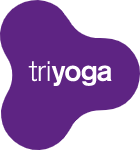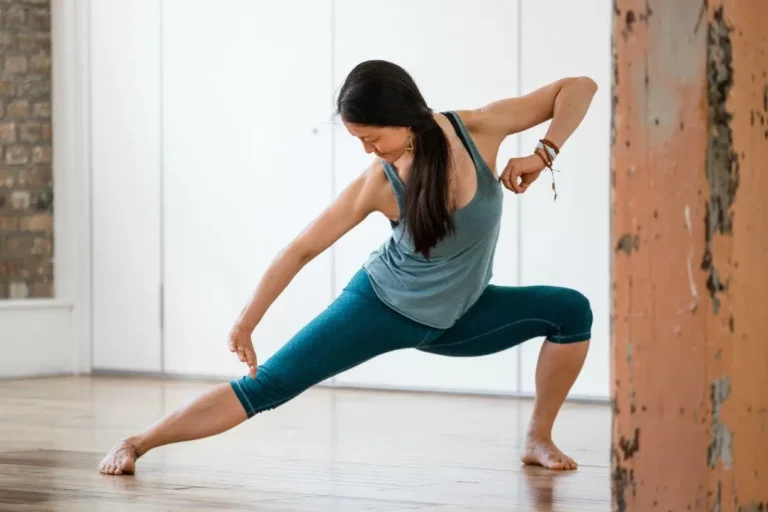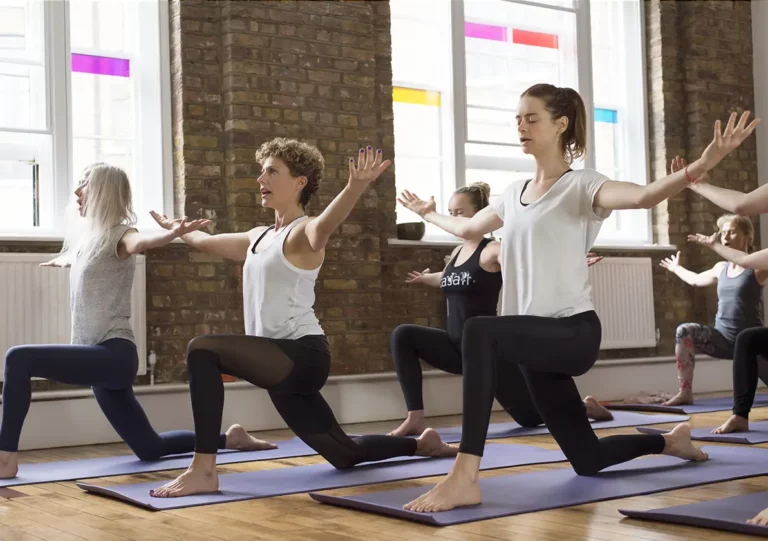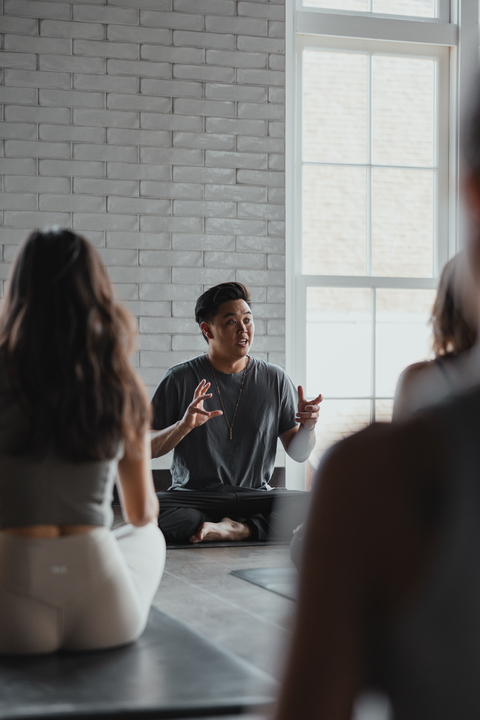‘We are like islands in the sea. Separate on the surface but connected in the deep.’ – William James
In some ways there is far more of a ‘spotlight’ on both us as a teacher, and on our students, when we work one-to-one. Developing a broader range of skills, which help us to understand individual structure better and therefore give practices which are more appropriate is not to be under-estimated. When we successfully meet our students we observe them come into a state of energetic stability that brings new awareness and connection. But as we witness our students magically transform we also share something of the experience within ourselves. So teaching yoga with depth and integrity becomes ‘good’ for us too.
Here are six things that we cover on the art of teaching one-to-one training to help you meet your students better:
1. Appreciating the relationship between bone, muscle and fascia makes all the difference in working effectively with a student. These three tissue types work synergistically and affect each other constantly. For example tight fascia will restrict muscle engagement, which may restrict bone alignment. Working in poses and transitions that work all three ‘tissue types’ is the most effective way for undoing habit patterns.
2. Think about your overall intention for working with your student and compare that with their expectations. What’s the overall flavour of how you find yourselves working together? Can you balance goal-orientated practice with sufficient self-inquiry and introspection? Can you hold a witness space for this as well as being instructive?
3. Boundaries. Be clear, as you would hope to be in any other intimate yet professional relationship. ‘The Frame’, which contains and supports the work that you do together is strengthened by things like: being on time, providing a clear and fair cancellation policy at the first booking and being regularly available for your students.
4. Make stuff up! It’s important to be able to creatively adapt and modify continuously to be able to meet the needs of your student. Know how to work backwards from complex poses, drawing out simple movements, which can then be re-integrated back into the whole structure. This is the basis of therapeutic work, to draw out the ‘medicine’ of a complex pose and give it back in a more manageable dose.
5. Notice which parts are painful and ‘niggly’, perhaps shouting for attention, yet set your radar to also look for what’s under-working. Looking for unconscious parts and waking them up supports the tired parts, which are then more likely to release.
6. Resist overworking/overloading your students. This may actually be a way of avoiding the intimacy of the situation and fries the nervous system. Find ways to meet your students desire for action whilst staying present and aim to create a ‘field of awareness’, so that there is mutual effort in staying present. As ‘split off’ (outside of our awareness) parts of the body get re-united and integrated there is a corresponding release and redistribution of energy. This can be very engaging for you both and is something which we don’t get to experience so often when teaching a class.
Join Kate Ellis at triyoga and learn the art of teaching one-to-one, with three training weekends starting on the 14 February 2015. Click here for more information and to book your place.

Kate is a long-standing member of the triyoga teacher-training faculty and has been teaching for over 15 years. In recent years her practice has gravitated towards exploring the dynamic play between opening and closing movements, reaching out and gathering back in. Her classes use classical yoga poses as a foundation for exploring flowing movements that incorporate the latest thinking around biomechanics, neuroscience and developmental movement. Expect less static holding, more joyful unwinding to experience and connect with what it is to be embodied and in relationship. www.kateellisyoga.co.uk









